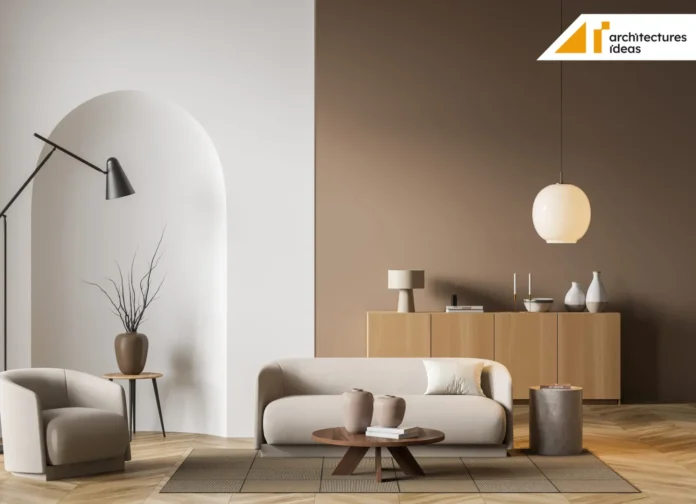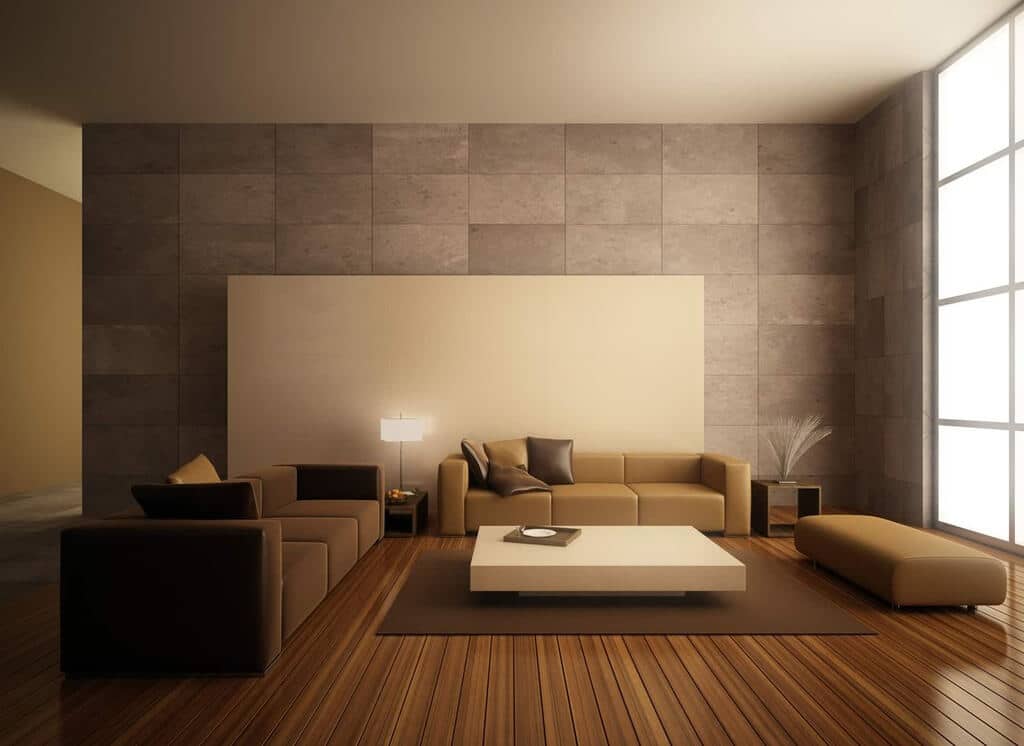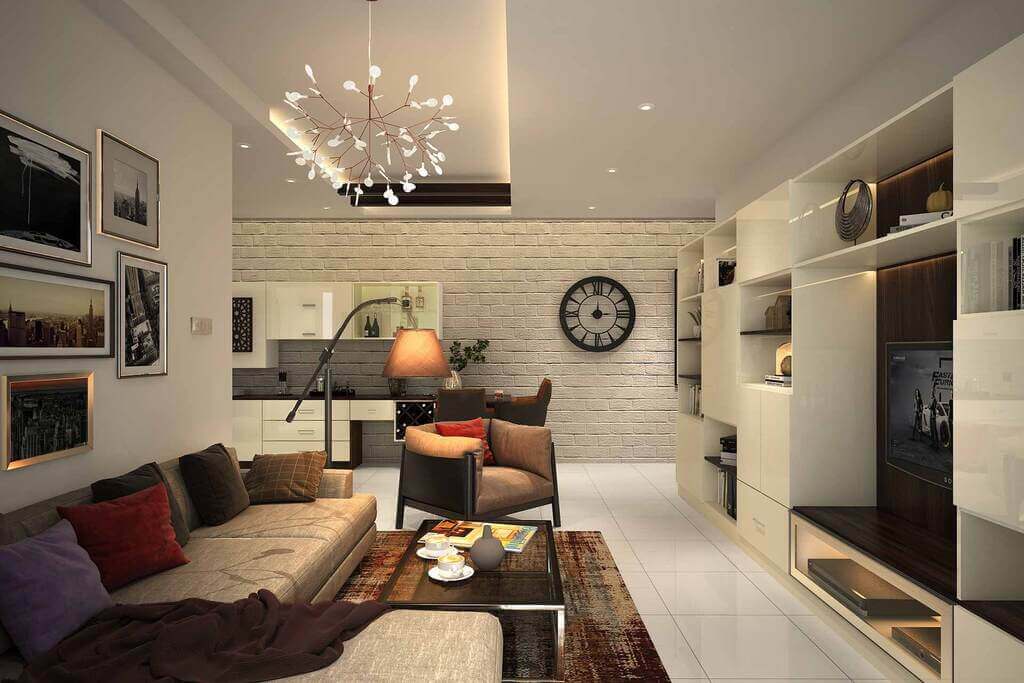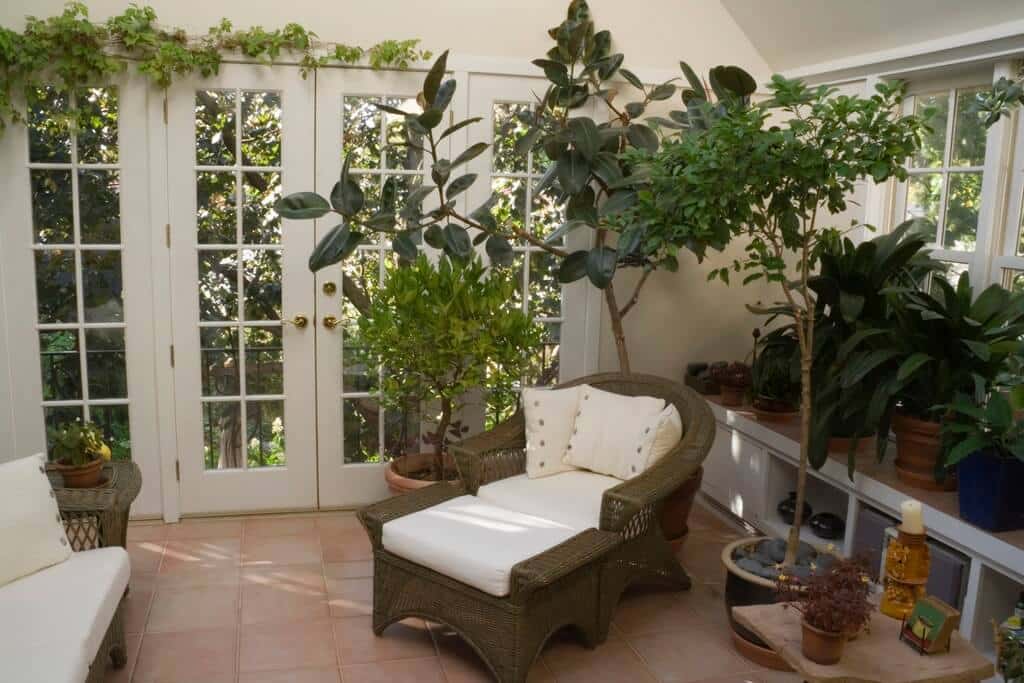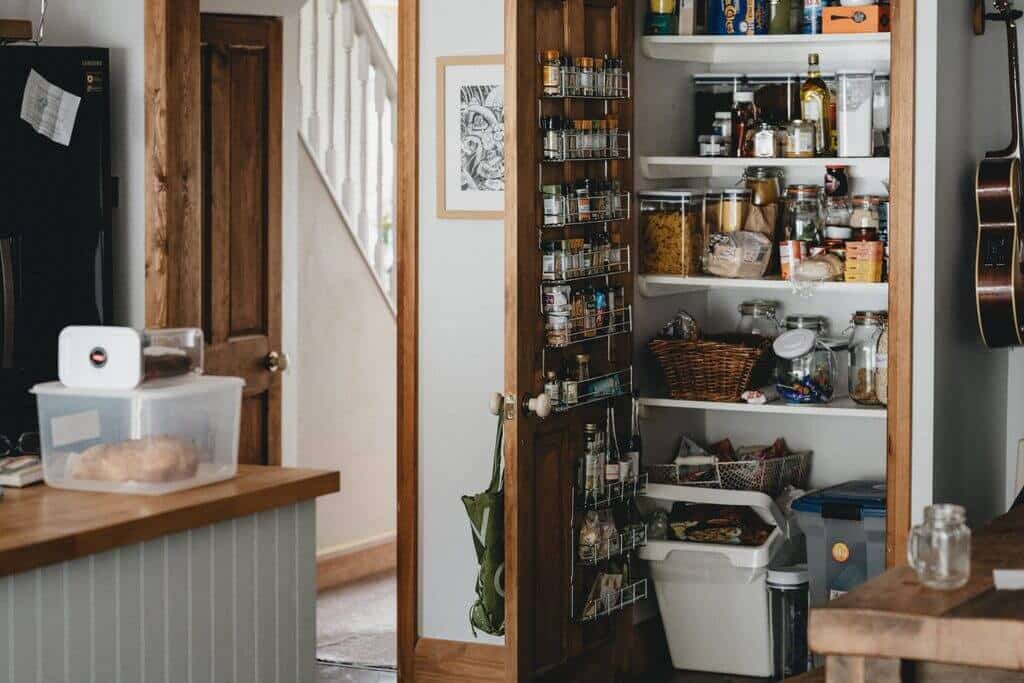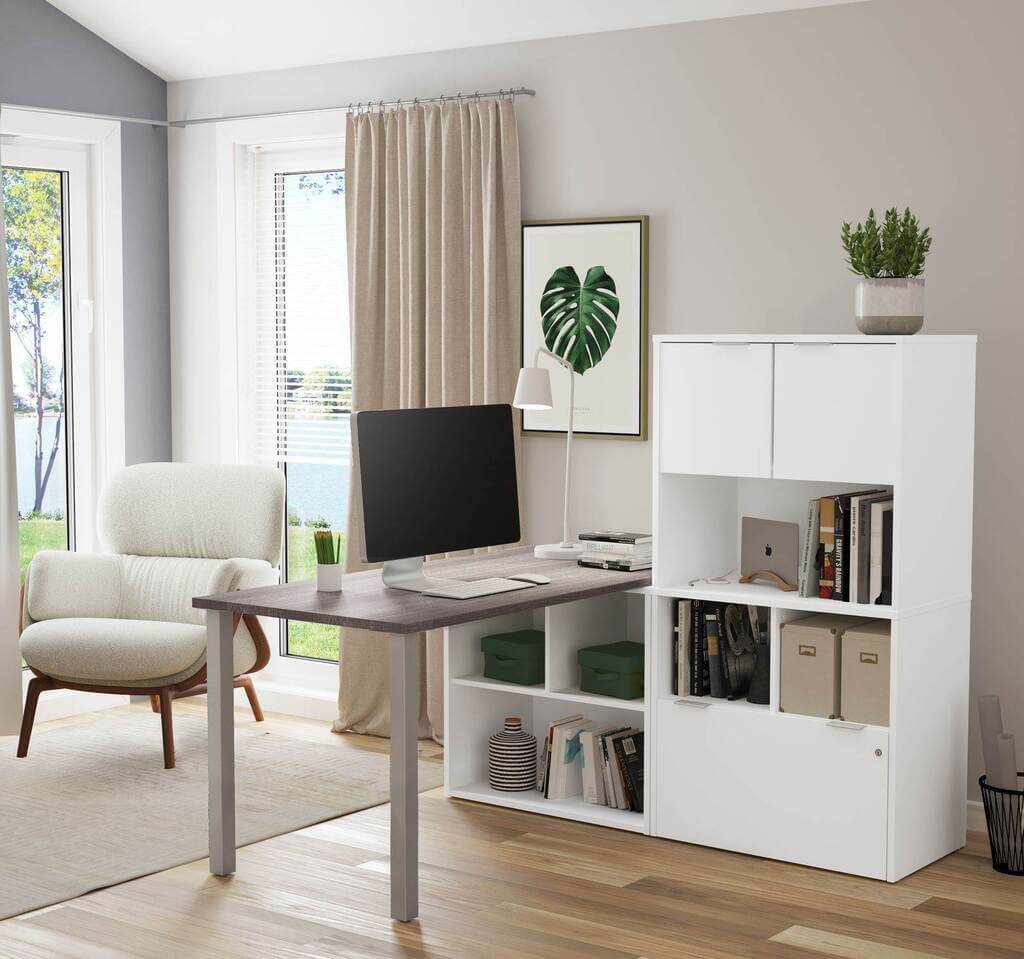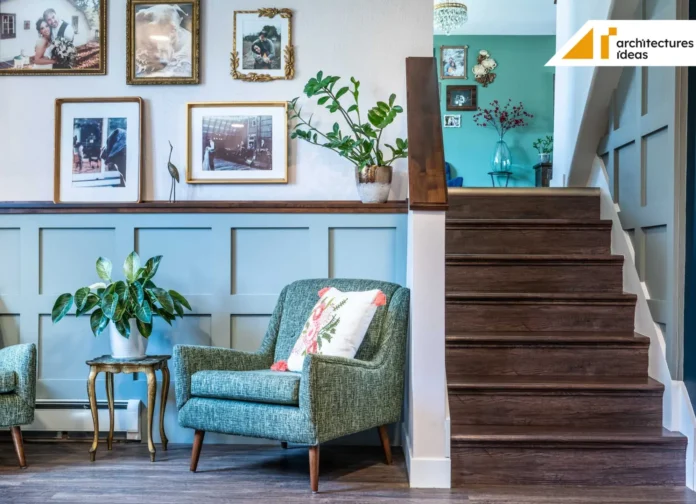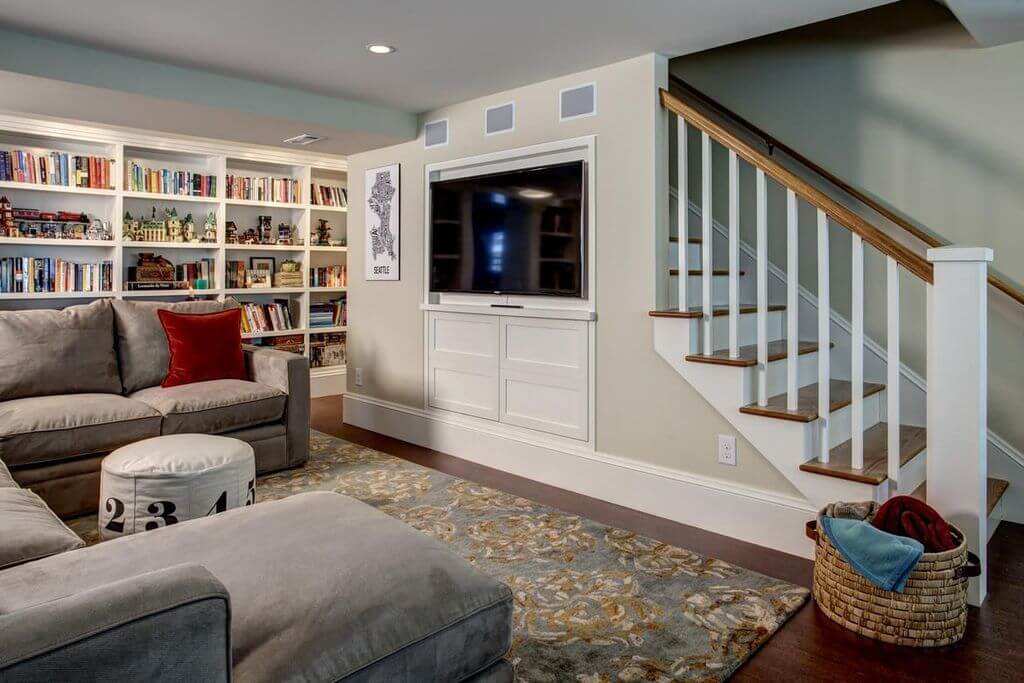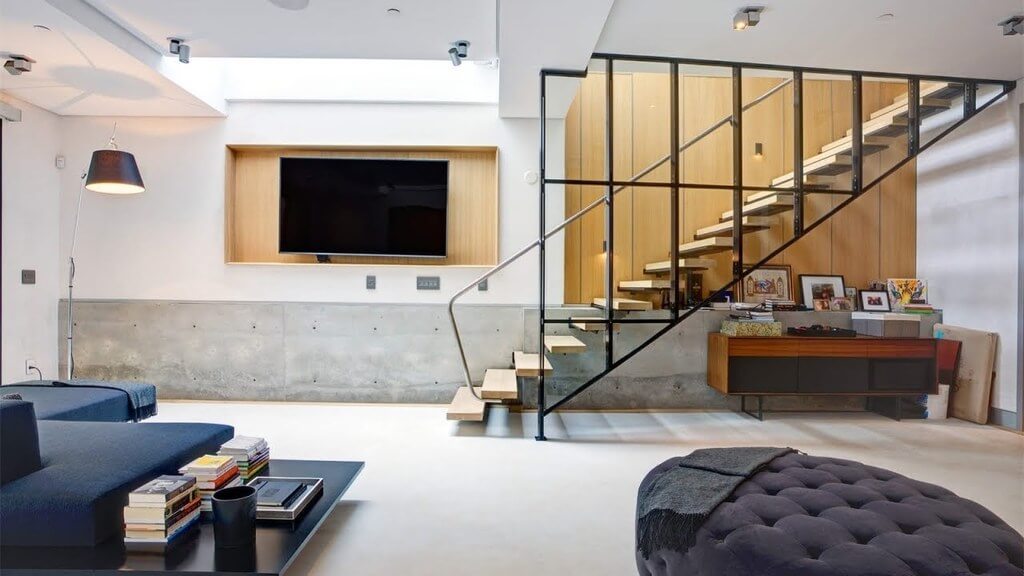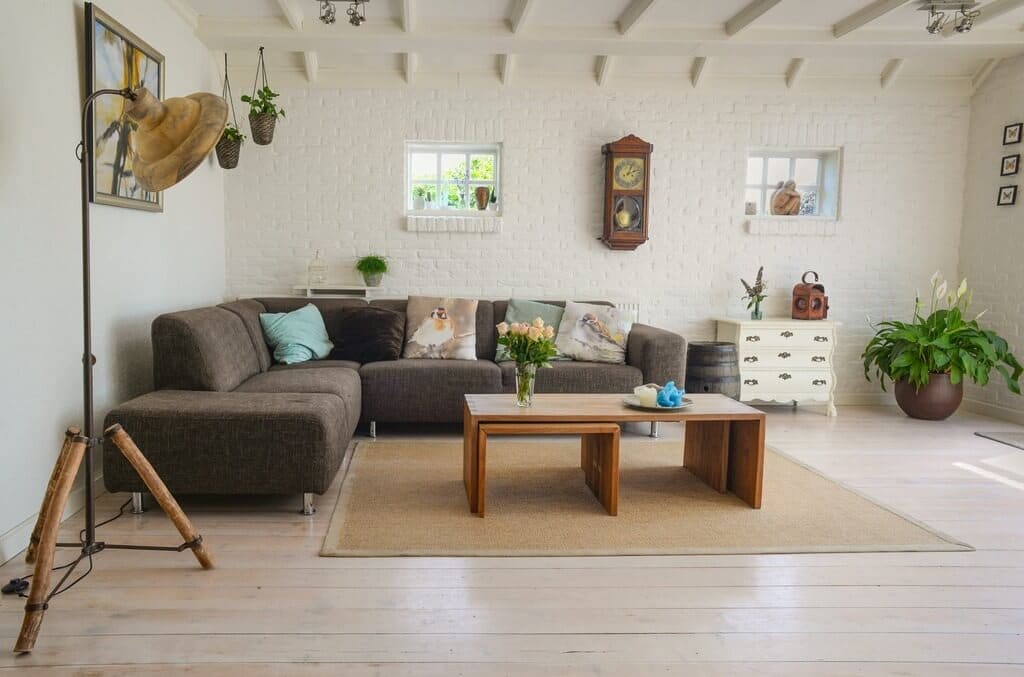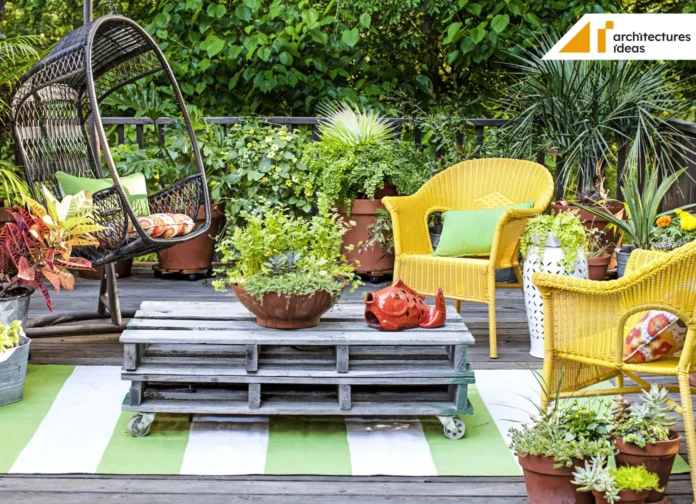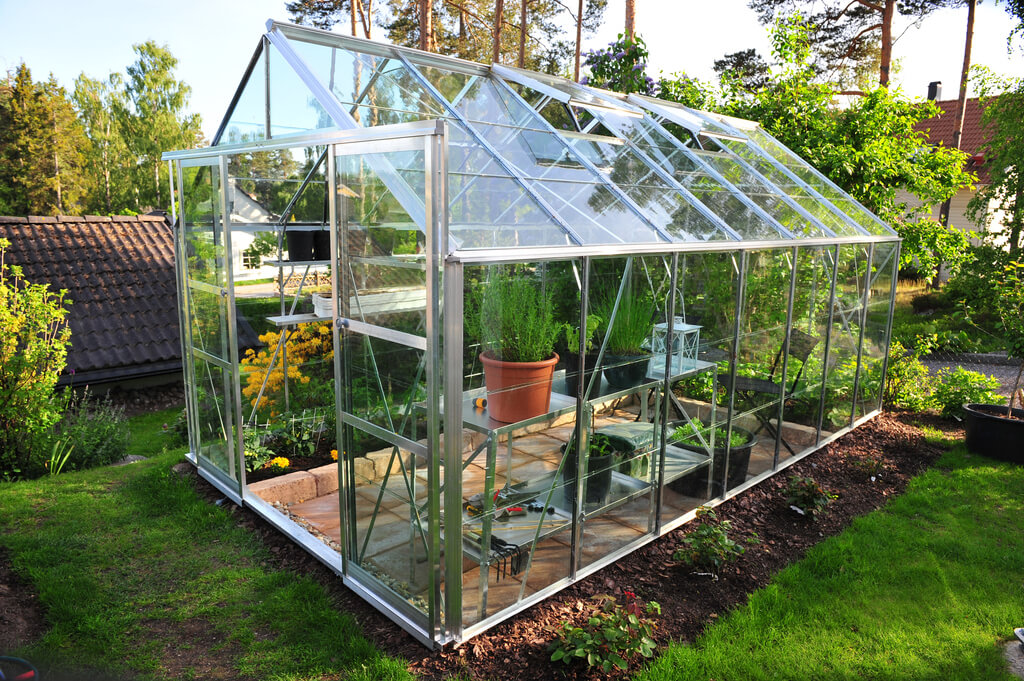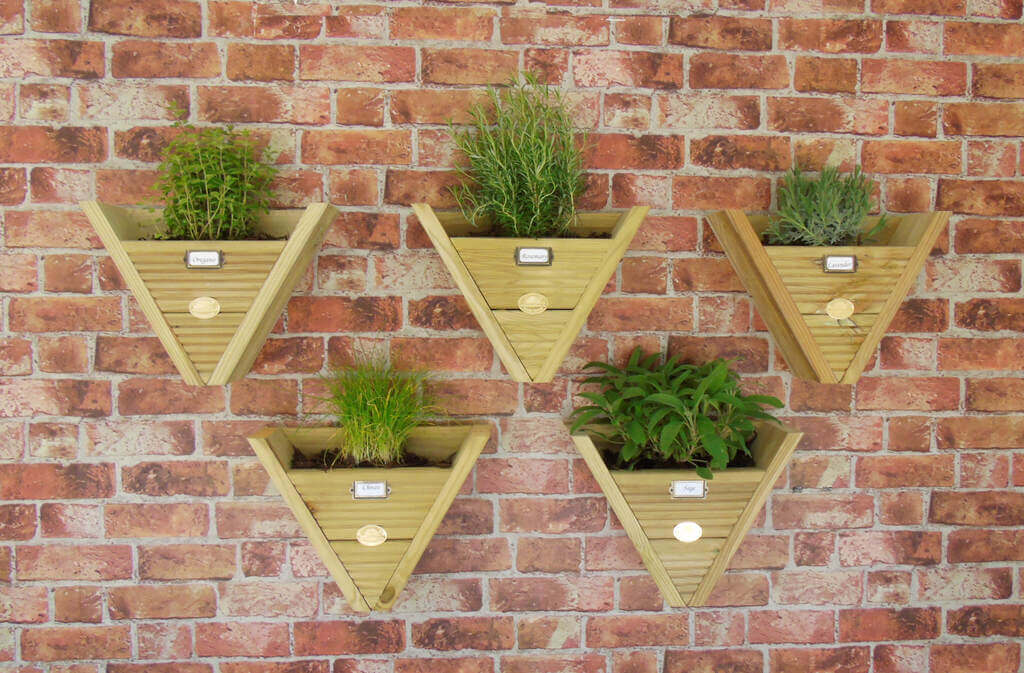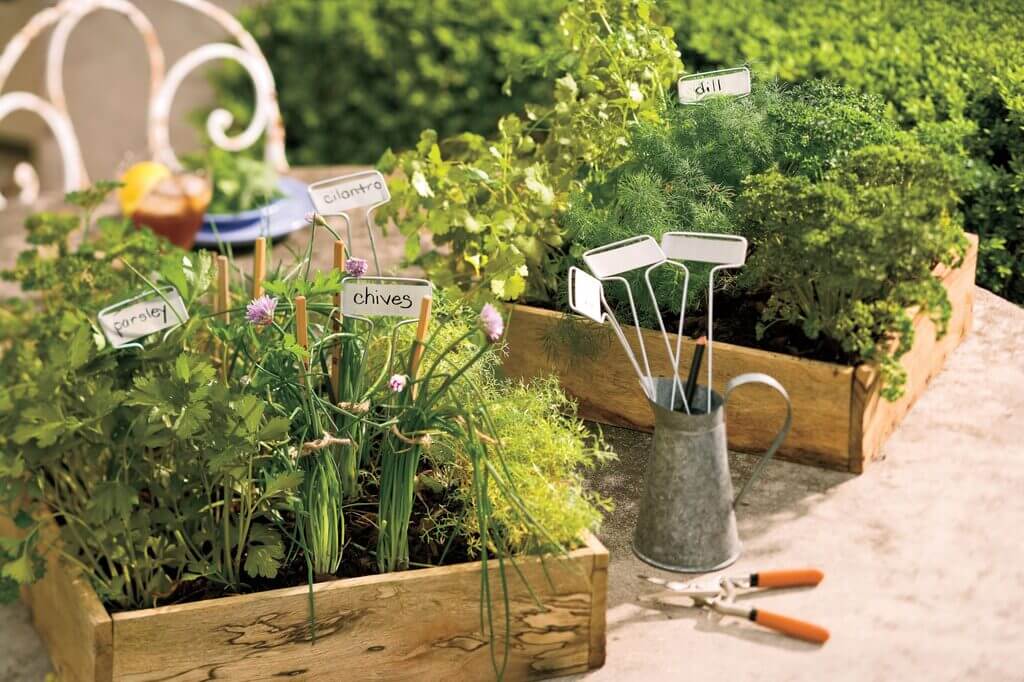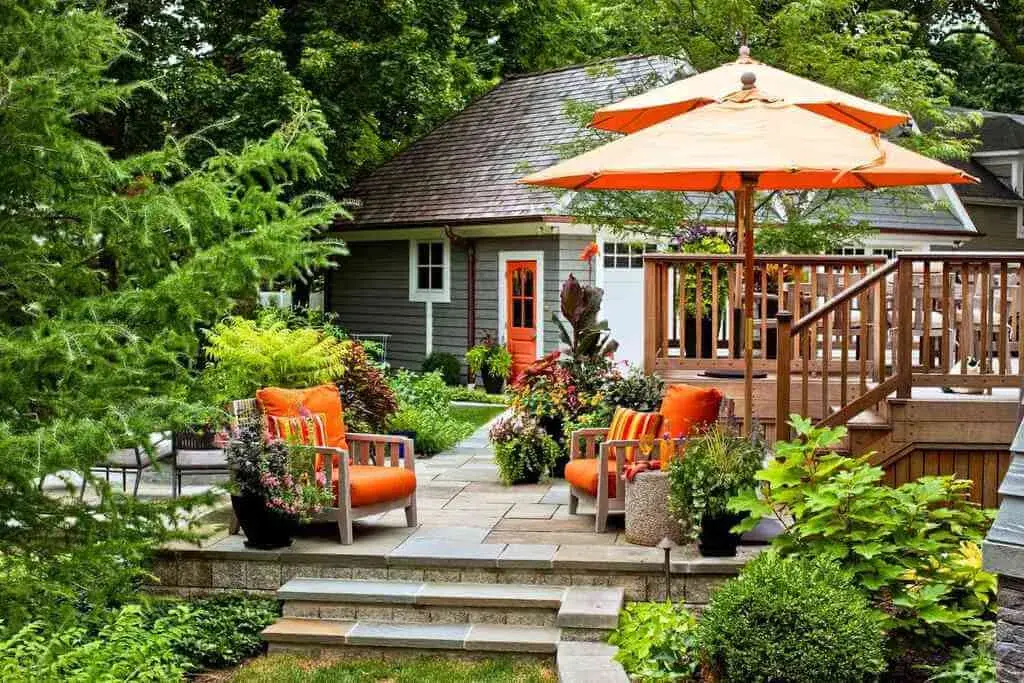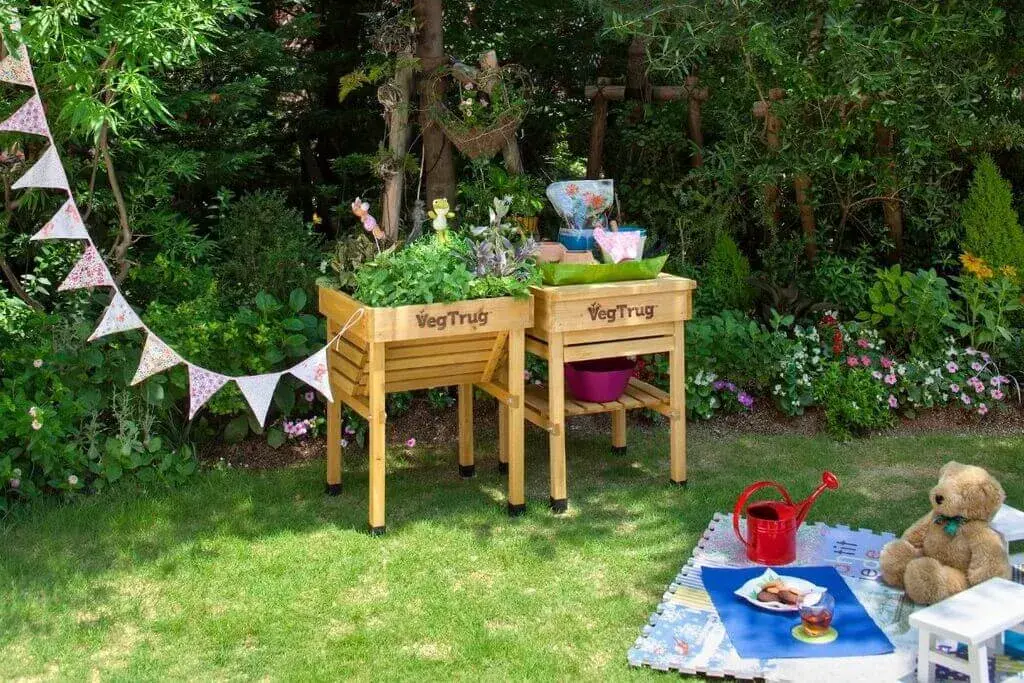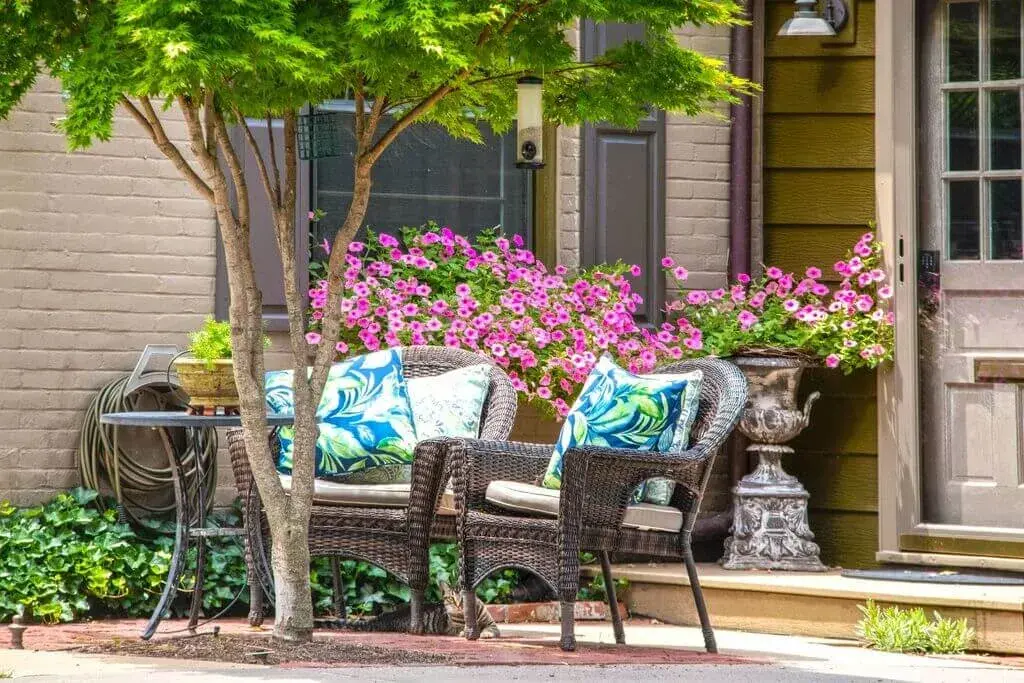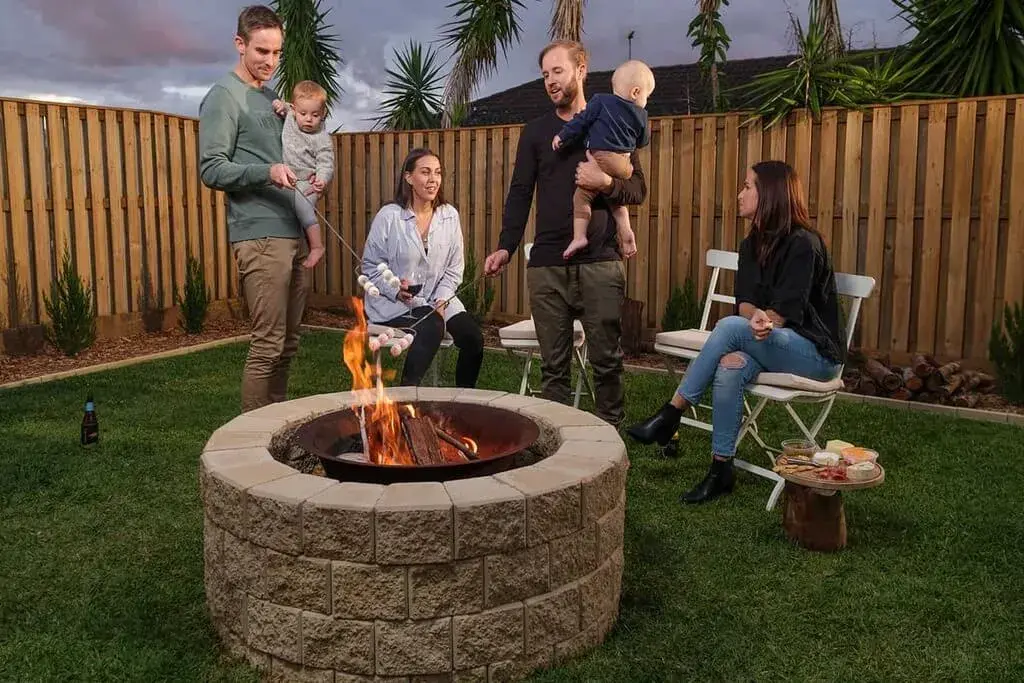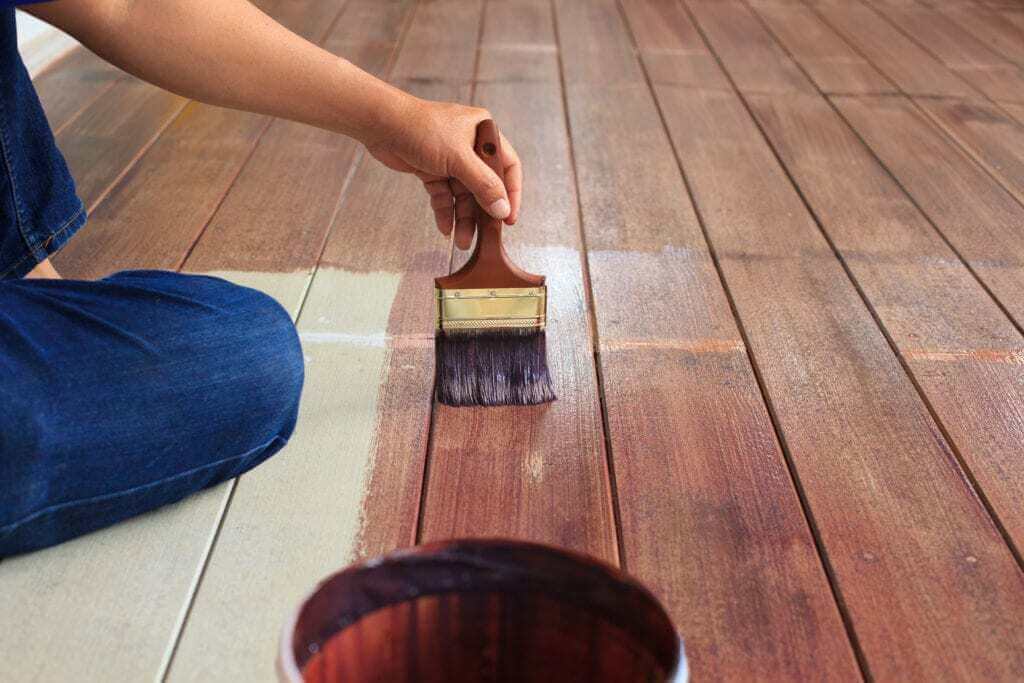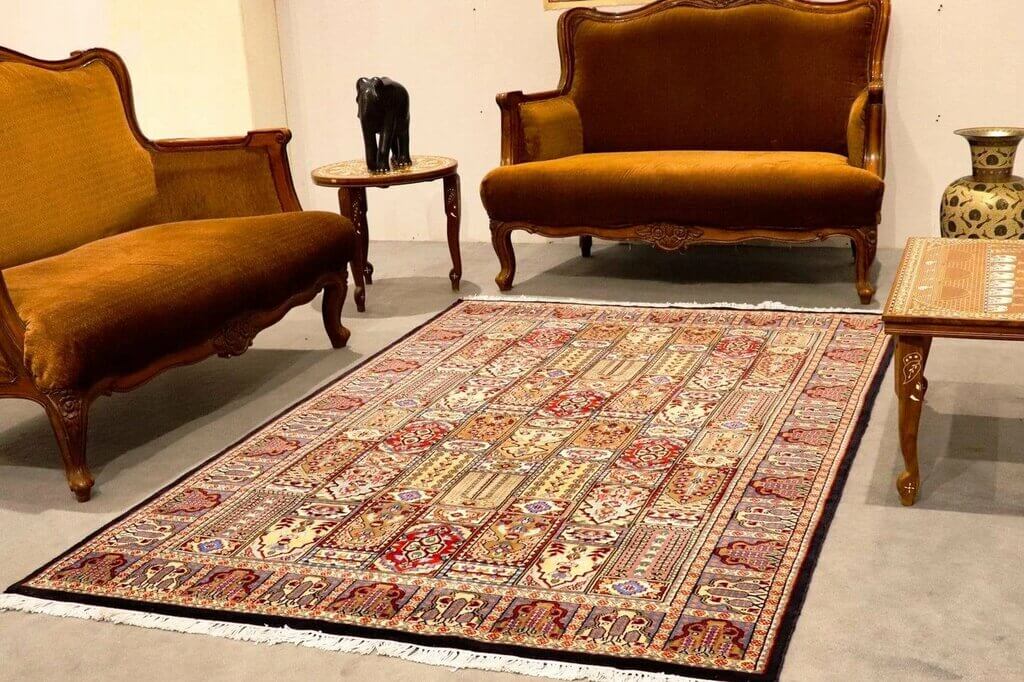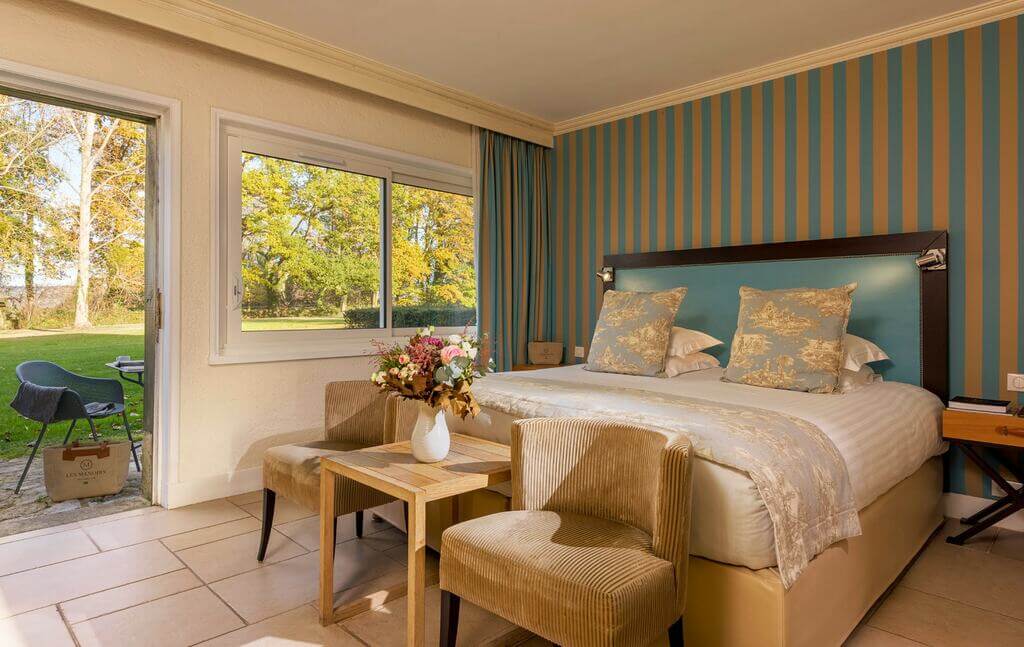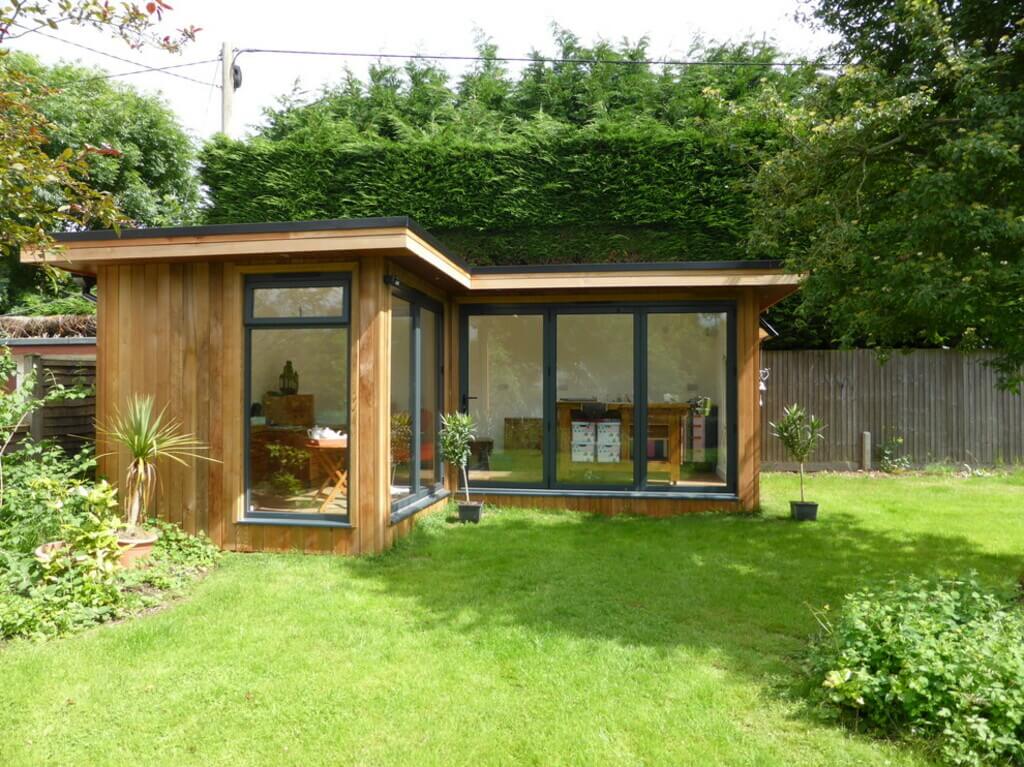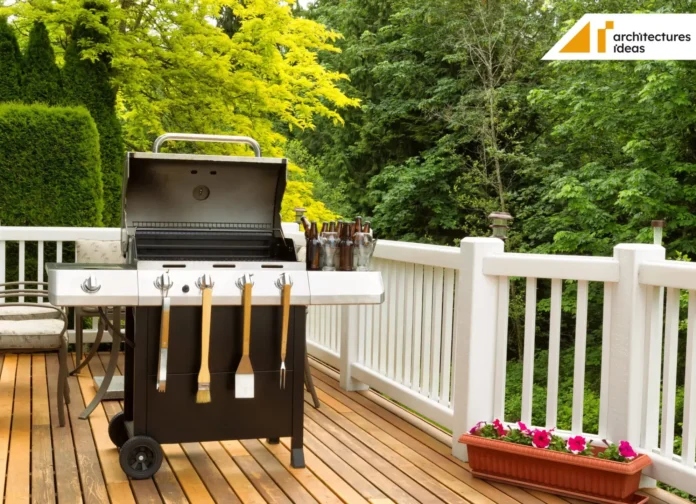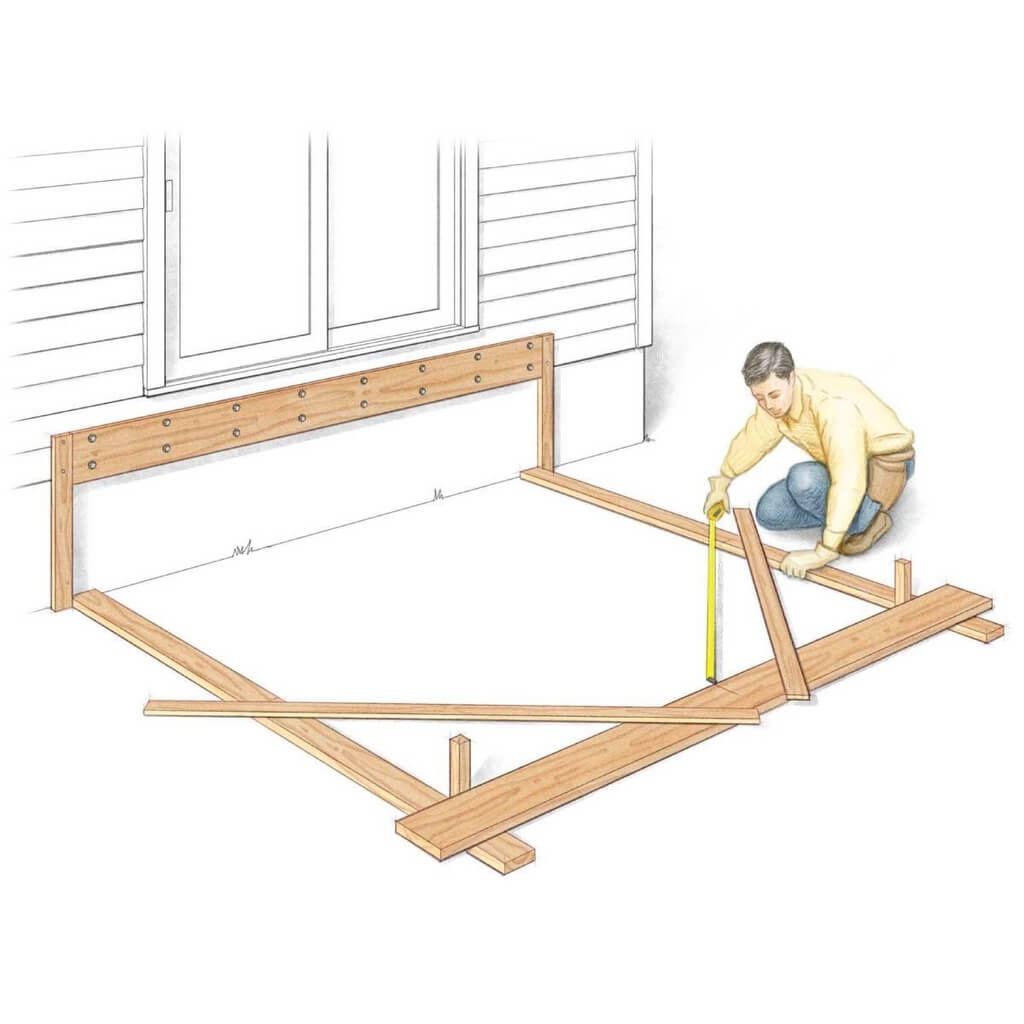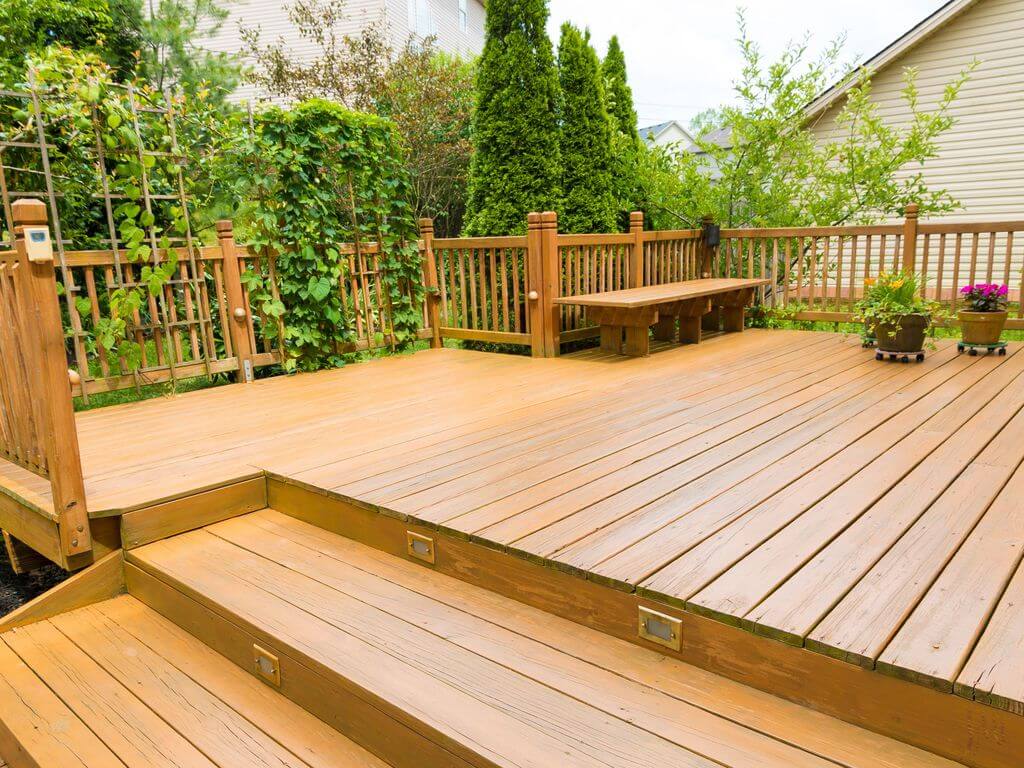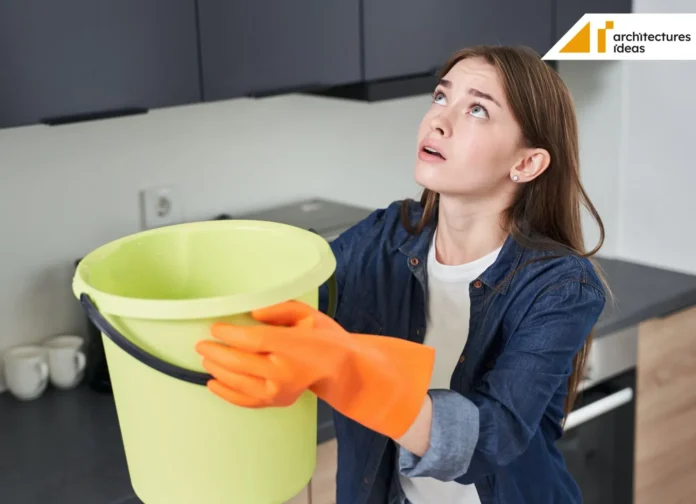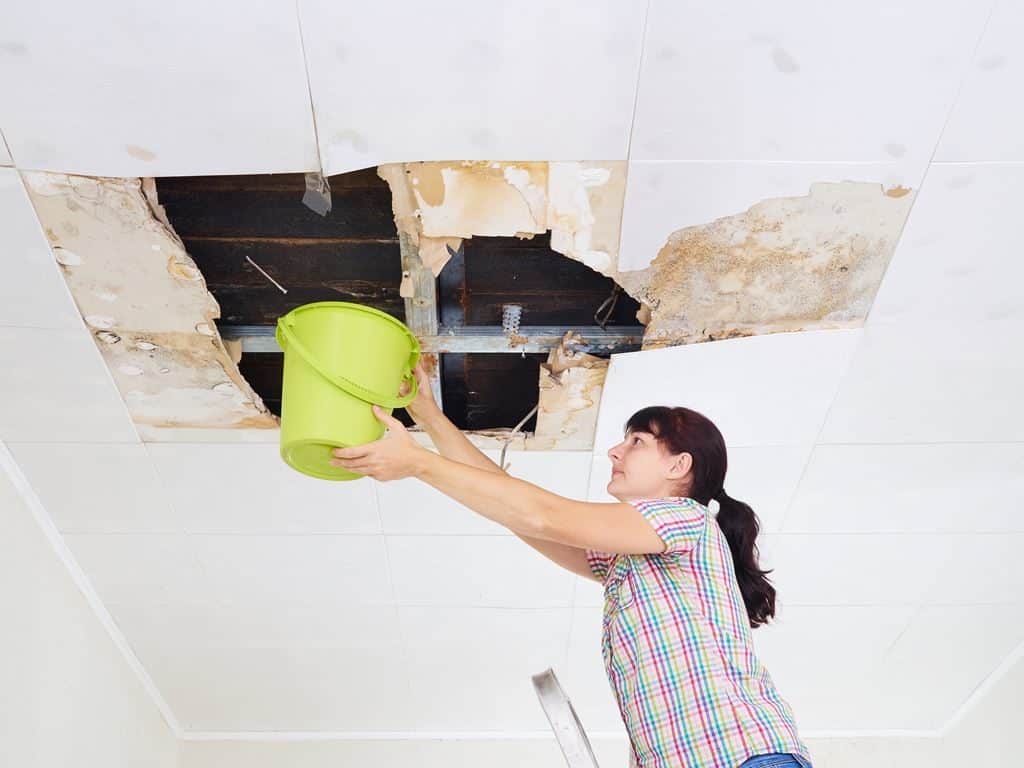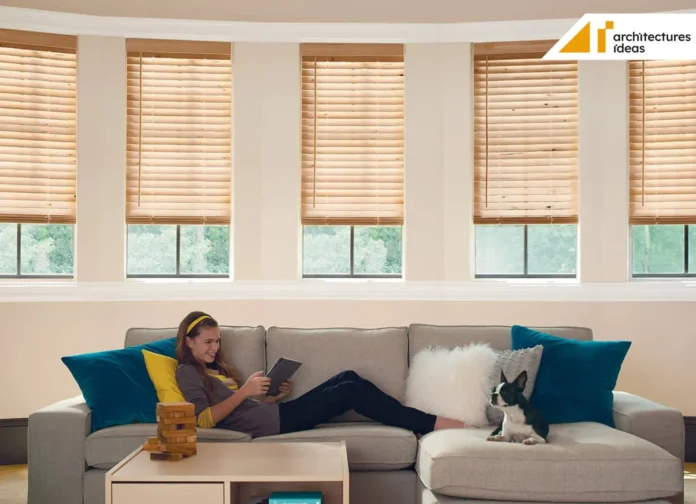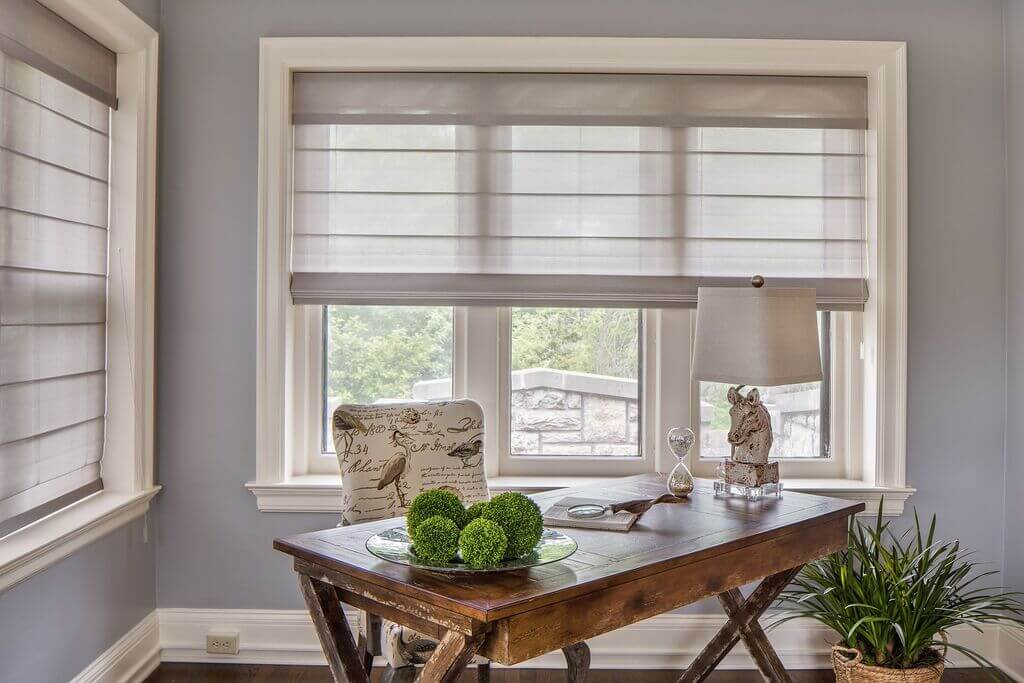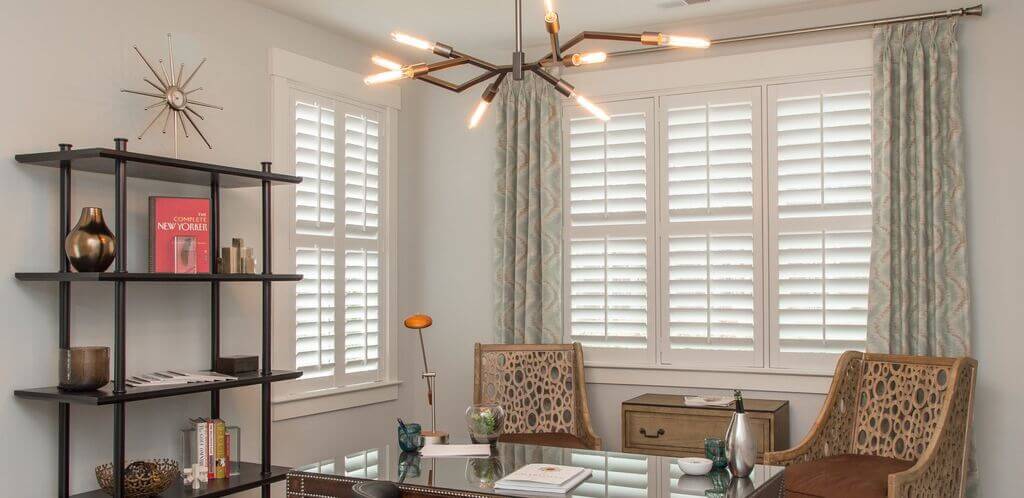The deterioration of roofs is a natural process accelerated by years of exposure to harsh weather, water intrusion, and environmental factors like algae growth and wildlife damage. While your roof may seem strong, underlying issues such as granule loss, curling shingles, and structural sagging can compromise its integrity and lead to costly repairs if left unchecked. Recognizing the early signs of roof deterioration and addressing them promptly with professional help is essential to protect your home and extend the lifespan of your roof.
Signs Your Roof Needs Repairing
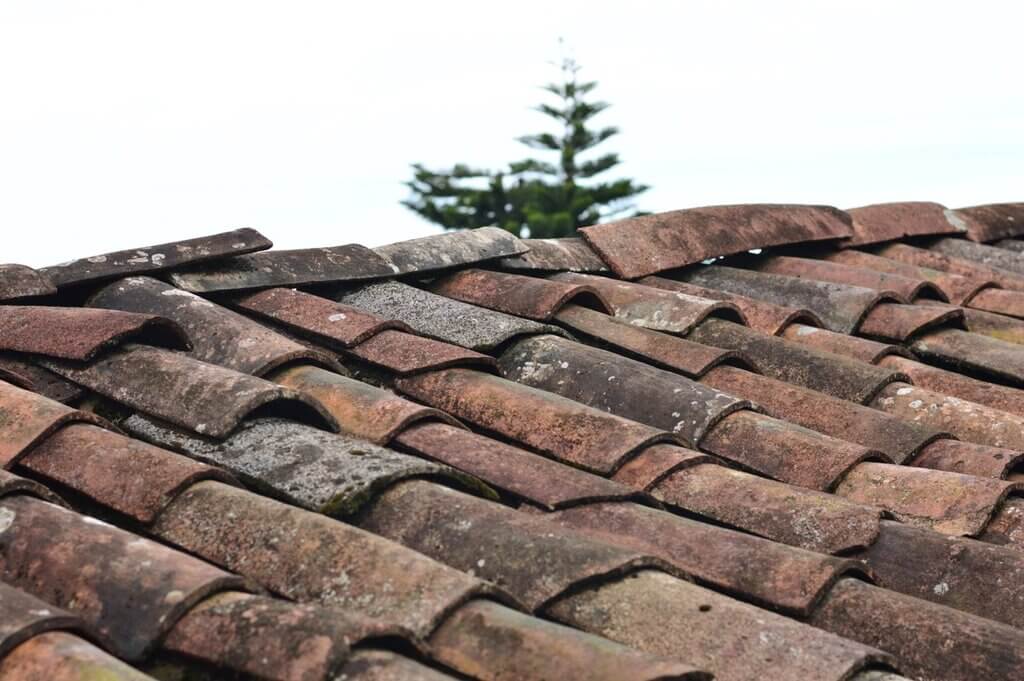
First, you need to know what to look for when you’re changing or making improvements to your roof. The average lifespan of a roof is around 30 years, although if the tiles of your roof are made of ceramic or stone, it can exceed these 30 years.
After this period, your roof may show signs of wear and tear, and you may want to look for a new roof installation. Various things can deteriorate your roof, starting from the weather to bacteria. Here are some signs of deterioration of Roofs
Missing Granules on the Surface
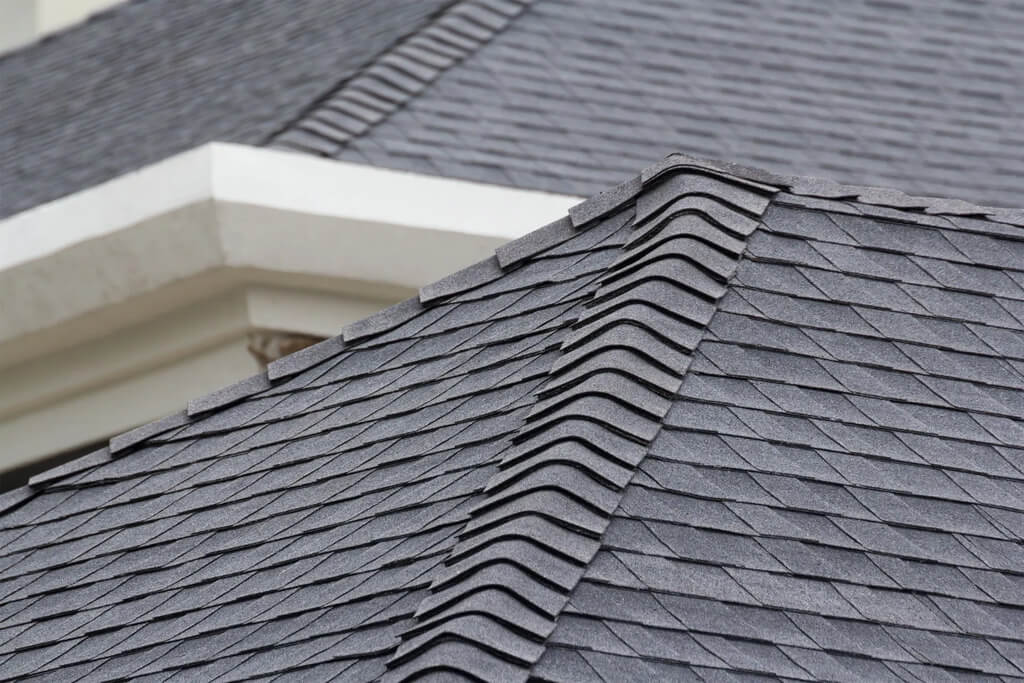
In time, the granules across the entire roof may fall over when the bond between them and the asphalt that was on the surface dissolves. The main reason why these granules may fall off is because of the rain, and on their way down, they end up in the gutters, clogging them along with other debris.
Once this phenomenon starts happening to your roof, you may need to replace your entire roof.
Curled Shingles

When your shingles start to curl up or down, mainly from the edges, it’s not a big deal as long as there are one, maybe two.
When you notice that most of your shingles start to curl or shrink, you need a new roof. If you don’t replace a roof with such problems, be prepared for moisture and mold within your ceiling and walls.
Dark Streaks

When your roof is damaged, the dark streaks signify major water leakage. These streaks can be found on walls, ceilings, and on shingles. However, the dark streaks on the ceilings are because gloeocapsa magma is growing on your roof.
This algae appears due to airborne spores embedded in your shingles and are fed by sunlight and rain. If only the surface is infested, you can manage to replace some of the shingles. Still, if the algae managed to get between the shingles, you might need to replace the roof.
Over 20 Years Old

When you celebrate your roof’s 20th birthday, you may want to consider a thorough inspection. Even though it’s estimated that a roof can last up to 30 years, these years can gather a lot of wear and tear.
On the other hand, you can benefit from the new materials that are stronger and improved rather than those that were available 20 years ago.
Wildlife Damage

If you know that certain animals are in the proximity of your house, you should look for possible holes in your roof. Squirrels, raccoons, mice, rats, and even possums can climb up to your roof and cause considerable damage by chewing on the shingles.
You can have someone specialized remove your unwanted guests and then contact a roofing company to replace the roof with a stronger one.
Rotting Shingles

This major problem can not be solved with a few replacements. When rotting is spotted on the roof, you must replace the whole surface. The shingles need to be replaced because the cracks and the mold on the shingles let moisture, water, wind, and cold slip into the house.
Damaged Chimney Flashing
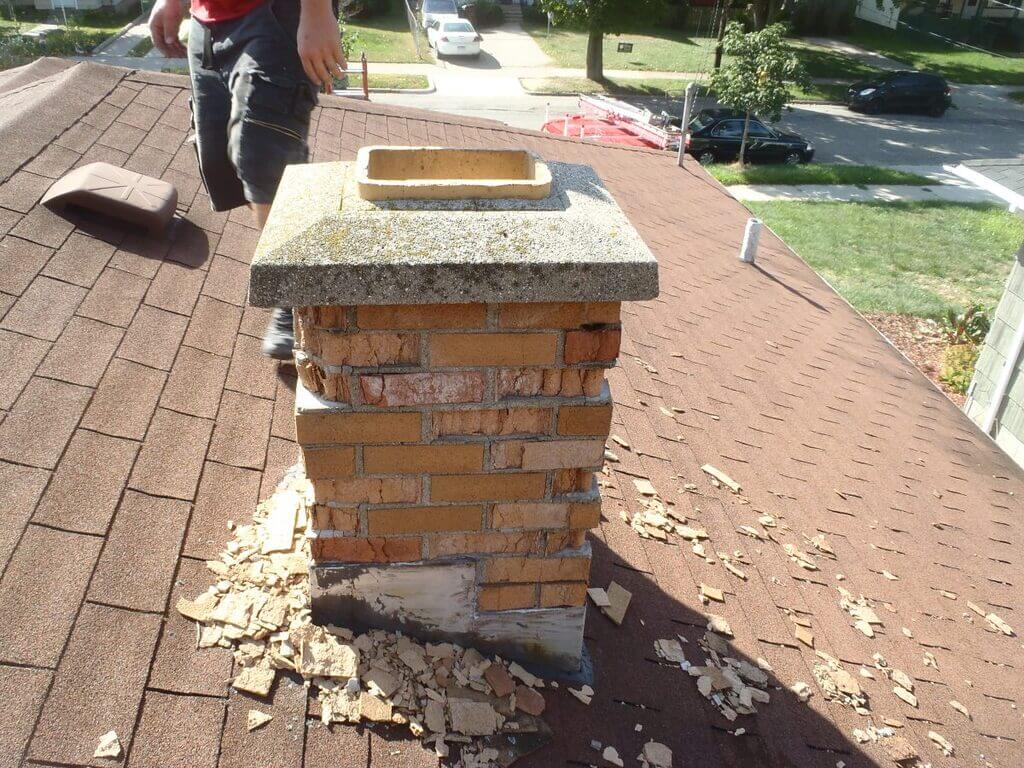
If you have a fireplace in your home, then you most likely have a chimney. Over the years of wear and tear, these chimneys are prone to leakage because the layer of metal flashing is rusted, missing, or even falling apart.
This problem is isolated, and your contractor may suggest only the replacement of the metal flash, not the entire roof.
Light Shining Through the Roof

If light can shine through your roof in certain areas, then this is a clear sign of damage. Because you have holes in your roof, rain, insects, pests, and other unwanted problems can enter your house. When your roof has gaps, holes, and broken-down spots, you will need a roof repair or replacement as soon as possible.
Wind or Hail Damage
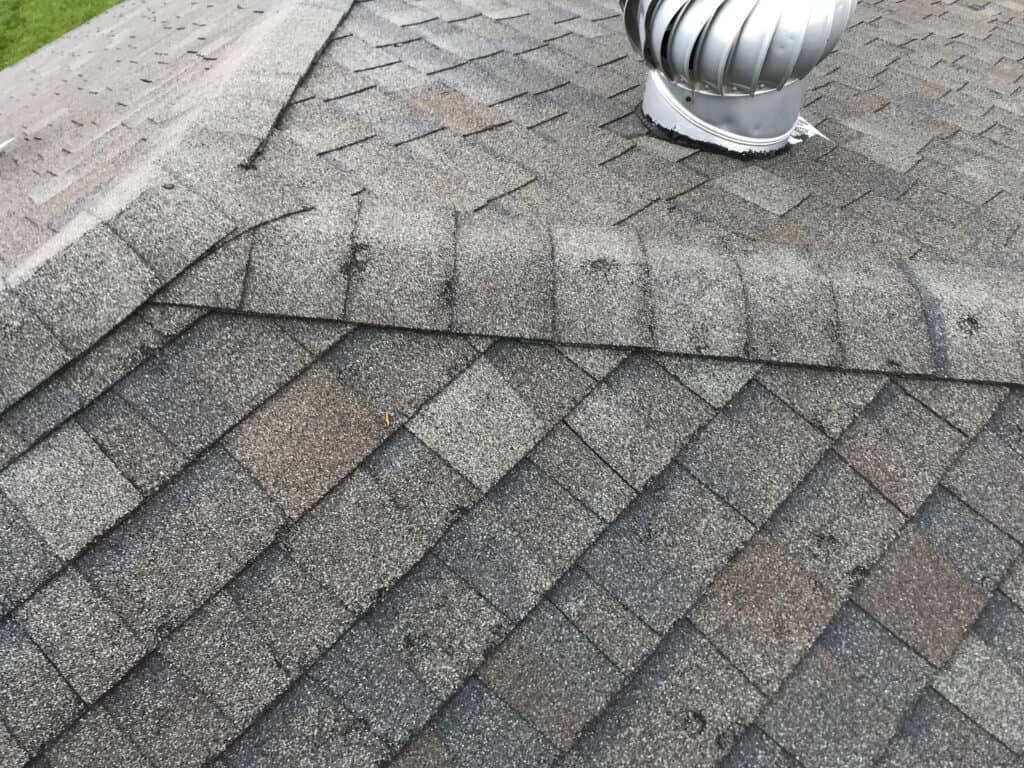
After a professional inspect your roof, they inform you of severe wind or hail damage. The hail usually manifests by leaving black spots and causes loss of granules. Wind damage, on the other hand, usually makes the shingles tear or crack, maybe even rip them off the roof.
Learn more:-



